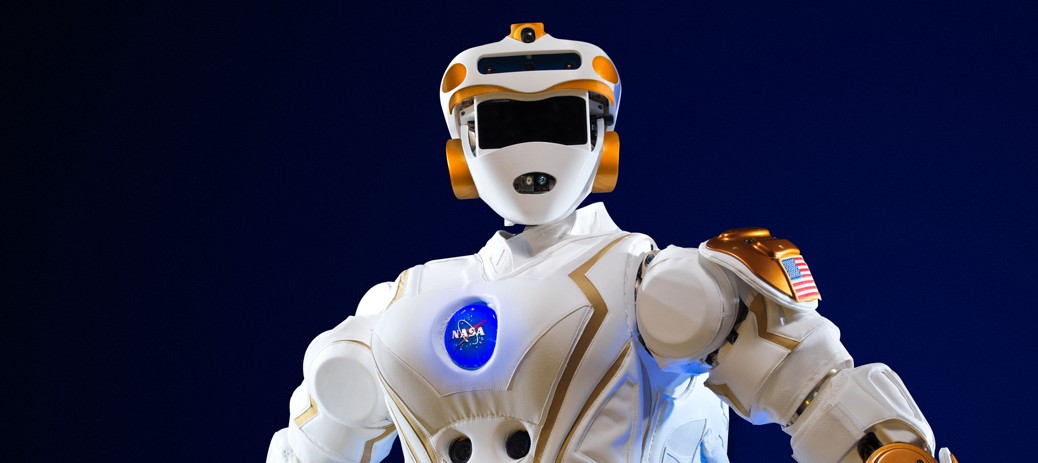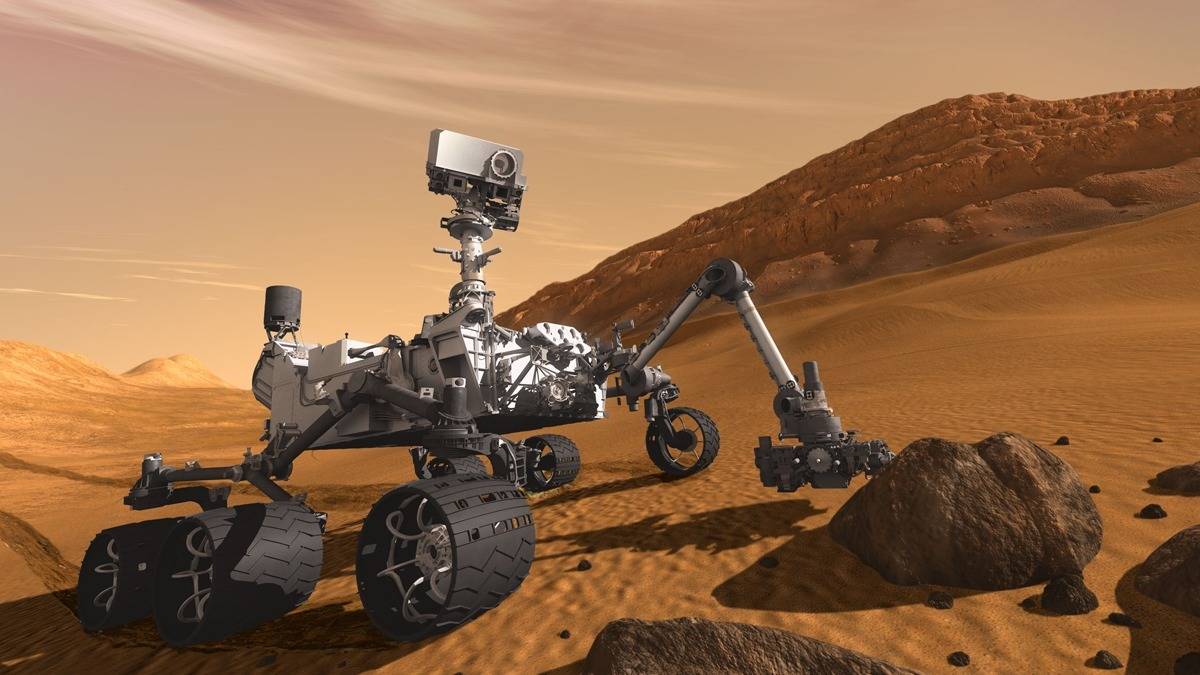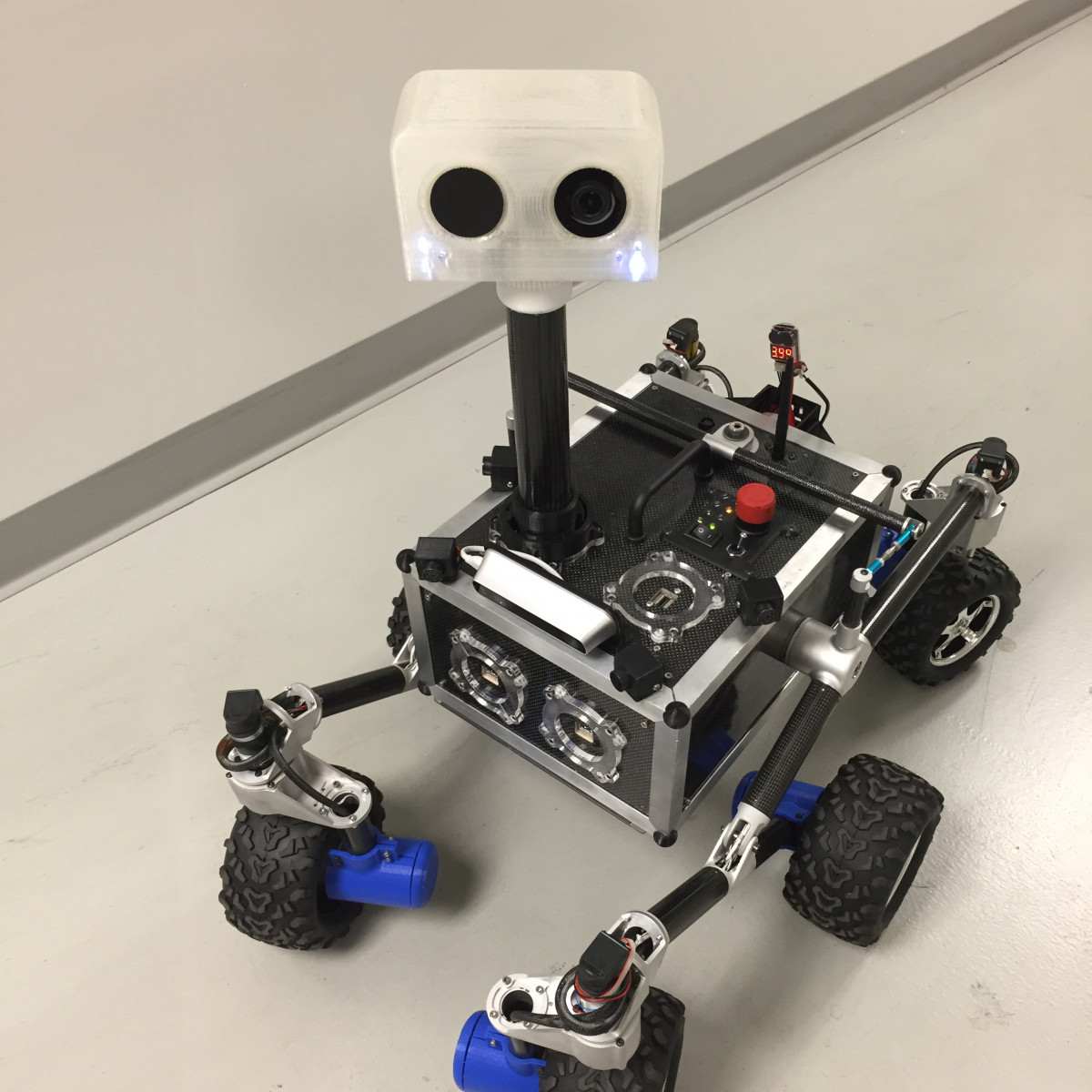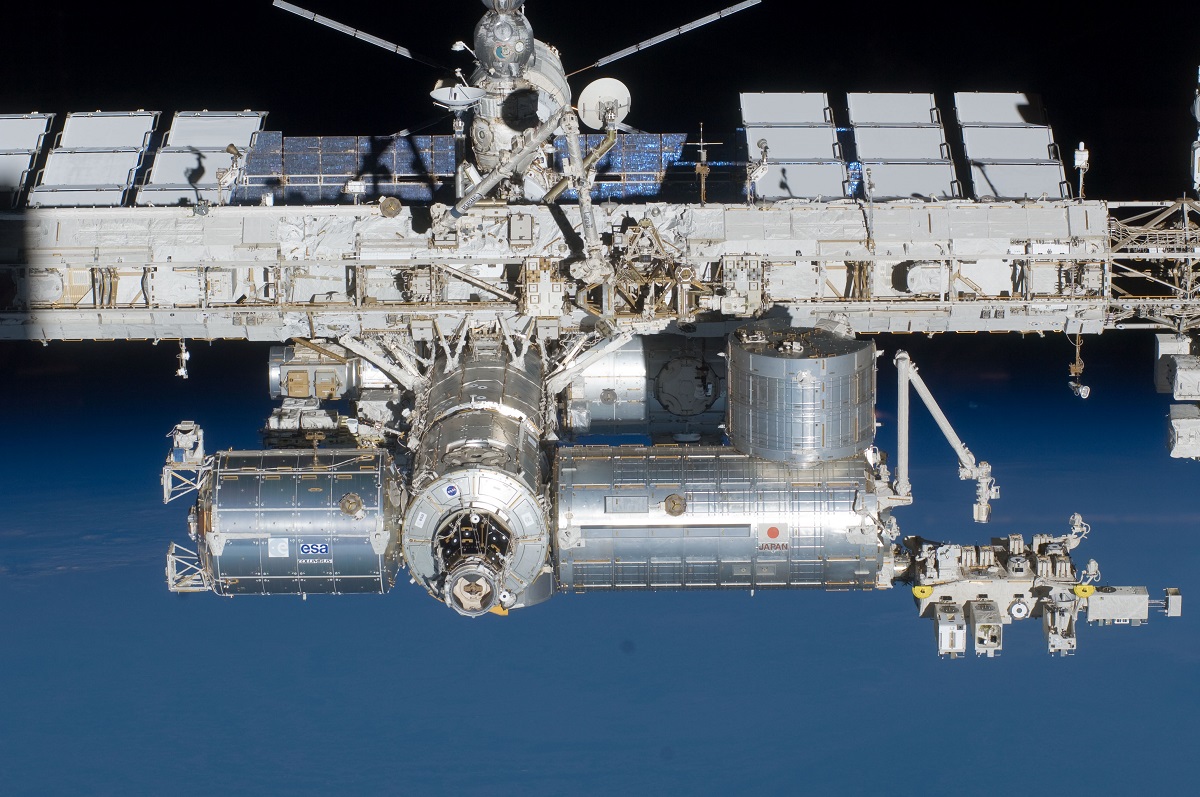Robots in Space: Past, Present, and Future

Once upon a time, space robots were science fiction. They appeared in comic books and Hollywood movies, floating through the universe and flying to strange new worlds. Today, space robots are a reality, and they help scientists and aerospace engineers explore the Solar System -- something humans just can't do. And things are just getting started. As technology develops, there are endless possibilities for space robots in the future.
What Do People Think Space Robots Do?
People are not quite sure what space robots are. They often associate these machines with the Daleks from "Doctor Who," who want to colonize the universe and kill humans. This couldn't be further from the truth. And, for the record, they look nothing like the robots in "Star Trek" and "Star Wars."

What Do Space Robots Do?
Space robots actually help humans. They complete manual tasks and provide astronauts with assistance. In fact, there are space robots working on the International Space Station right now. Although they are expensive to produce, it's cheaper to send a robot to space than a human.
"They can survive in space for many years and can be left out there -- no need for a return trip!" says NASA [1].
That's not all. Unlike humans, robots don't need food or drink to survive [2].
But what do they actually do? Quite a lot, really.
- Space robots take measurements for astronauts.
- They collect samples.
- They assemble and fix equipment and structures.
Space robots can also explore other planets with cameras, providing scientists with insights into the atmosphere, landscape, and conditions of these faraway worlds.
The Different Types of Space Robots
Space robots come in all shapes and sizes. Take remotely operated vehicles (ROV), for example. Most people have probably seen these robots on the news, roaming harsh desert landscapes in warzones. Humans operate these robots using remote controls and long-transmission radio waves. Why are they so useful? Well, these space robots withstand extreme temperature and endure high levels of radiation.
These robots are perfect for exploring other planets because they can endure harsh atmospheric conditions. Plus, they do things that are just too dangerous for astronauts. Is there life on Mars? Who knows.
But ROVs like NASA's ROV-E could provide humans with the answer one day.

A remote manipulator system (RMS) -- like Kibo, a component of the International Space Station -- is another type of robot for space exploration.
"RMS has performed various functions on NASA space missions, by acting as a positioning and anchoring device, remote assembly device and grappler," says AZO Robotics [3].

Spacecraft systems like the International Space System are also a kind of space robot. These massive manned machines carry astronauts and provide them with life support systems.
The Future of Space Robots
Although space exploration spending has declined since the '60s, NASA is investing in space robots that could provide scientists with new insights into the Solar System and beyond. Recently, the organization announced a partnership with nine U.S. aerospace companies to send small robots to the Moon [4]. On the other side of the world, the Russian Space Agency wants to send a humanoid robot to the International Space Station [5].
Looking even further ahead, it's hard to imagine what the space robots of the future will be able to achieve. Or what they will even look like. However, they will continue to help scientists and astronauts with their space missions.
As technology advances, could space robots replicate drones and fly over other planets? Or become as intelligent as humans? Perhaps.
Some people think that self-replicating robots could soon be a real thing, too.
"One space-exploring robot or drone may one day be able to create an army of similar exploring robots while it is in space," says science and tech news website Factor [6].
Space robots might not be able to conquer planets or communicate with aliens just yet, but they are far from science fiction. Without robots, scientists and astronauts can't complete their day-to-day tasks. What will the future hold?
Sources:
[1] https://spaceplace.nasa.gov/space-robots/en/
[2] https://www.sciencedaily.com/releases/2004/11/041130081240.htm
[3] https://www.azorobotics.com/Article.aspx?ArticleID=132
[4] https://www.theverge.com/2018/11/29/18117741/nasa-clps-program-moon-lunar-landers-commercial-partnerships
[5] https://roboticsandautomationnews.com/2018/07/30/robots-in-space-russians-to-send-fedor-the-humanoid-robot-to-the-international-space-station/18448/
[6] https://www.factor-tech.com/robotics/16534-future-space-exploration-drones-submarines-self-replicating-robots/
Thanks for helping to keep our community civil!
This post is an advertisement, or vandalism. It is not useful or relevant to the current topic.
You flagged this as spam. Undo flag.Flag Post


